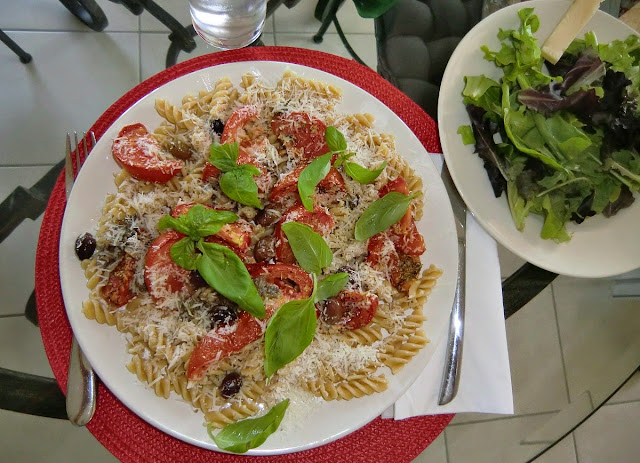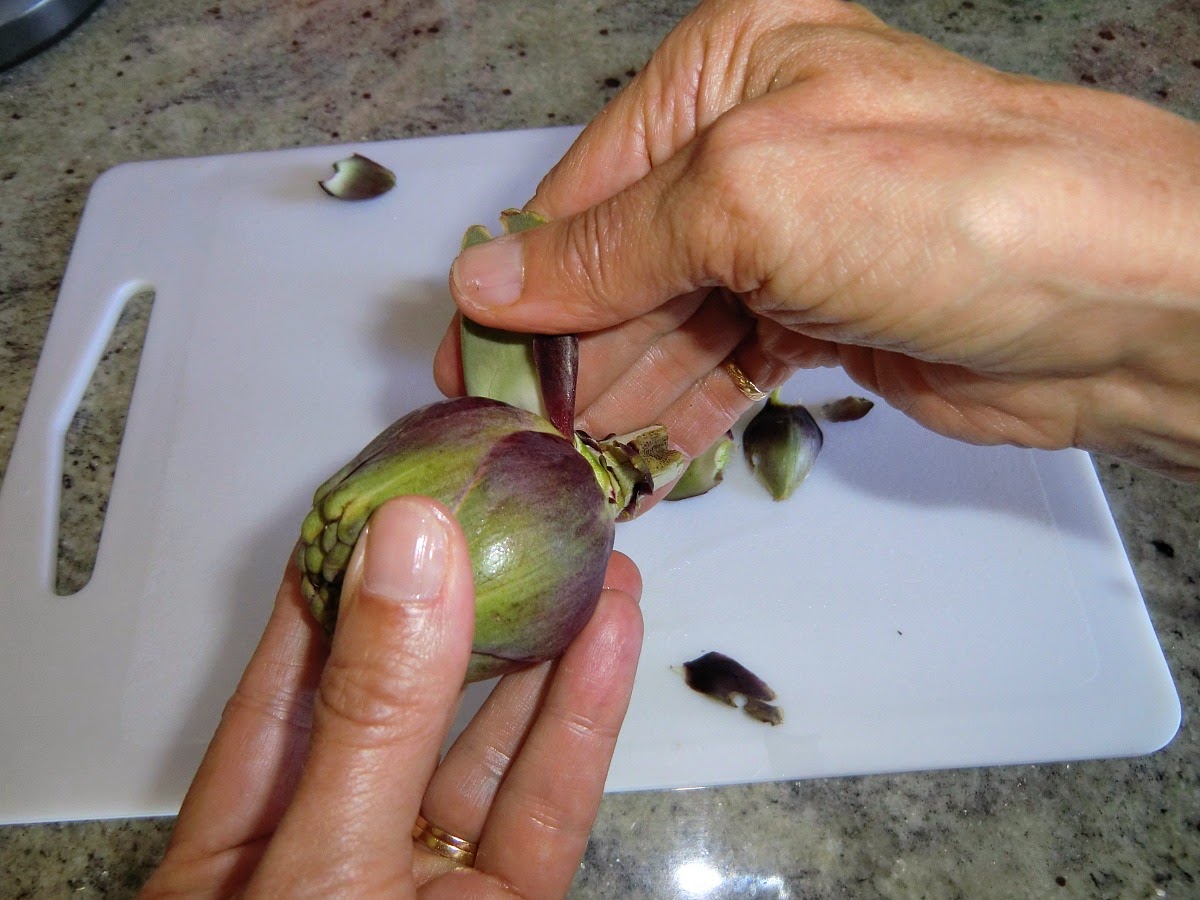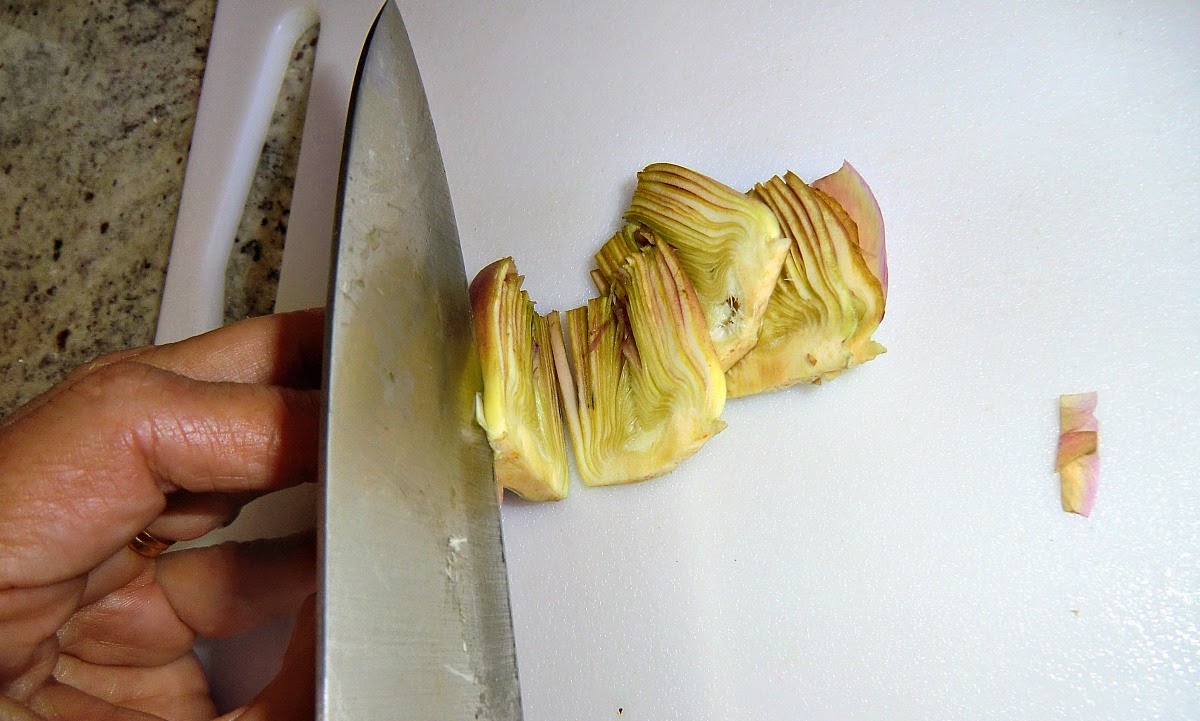Best food before a long hike
Pasta dinners before marathon are classic. If you are planning a 5- 7 h hike with a strenuous ascent in hot weather, it is also useful to think a little what you eat the night before.
Still, all is not lost if you couldn't pack a lot of carbohydrates in your dinner the night before. It has been shown that ingestion of carbohydrates 3- 4 h before exercise increases liver and muscle glycogen (energy storage) and enhances subsequent endurance exercise performance.
A carbohydrate-rich porridge breakfast always works for us. We do have a pasta dinner with slightly more pasta than we usually choose. We normally choose quality carbohydrates, whole grains, so it is whole wheat pasta. Most humans cannot tolerate a huge amount of carbohydrates in one meal, because there is a limit how much enzymes our body can produce for a single meal to break down carbohydrates. We are individual. If you get more problems with whole wheat pasta, try brown rice or quinoa. The following recipe works very well with quinoa, and then you could choose chevre instead of parmesan.
We always have a green salad with olive oil and vinegar dressing plus a small slice of low-fat cheese. For dessert we have a good portion of quality sorbet which helps to pack in those carbohydrates. We stick to water. Even a moderate amount of wine or beer can contribute to dehydration and electrolyte loss next day during a strenuous hot-weather workout.
Pasta with roasted tomatoes, anchovies and basil
2 servings
3 large ripe tomatoes
1 tbsp olive oil
A small tin of anchovy fillets, about 10 fillets
1 tsp Provencal herbs
Freshly ground black pepper
2 tsp capers
2 tbsp black olives
5- 6 tbsp freshly grated parmesan
Fresh basil leaves to decorate
Preheat the oven to 180⁰ C, roast.
Cut the tomatoes in wedges and lay them in a baking dish lined with baking paper. Sprinkle with Provencal herbs, black pepper and olive oil. Roast for 20 minutes.
Soak the anchovies in water to remove some of the saltiness. Dry with kitchen paper and cut in half.
Remove the tomatoes from oven. Divide the anchovies over the tomatoes and sprinkle with capers and olives. Then continue roasting for 10 minutes longer.
Meanwhile cook the pasta, whole wheat penne, fusilli or macaroni. Grate the parmesan.
Serve the roasted tomatoes over a plateful of pasta, sprinkle generously with parmesan and decorate with fresh basil leaves.










































